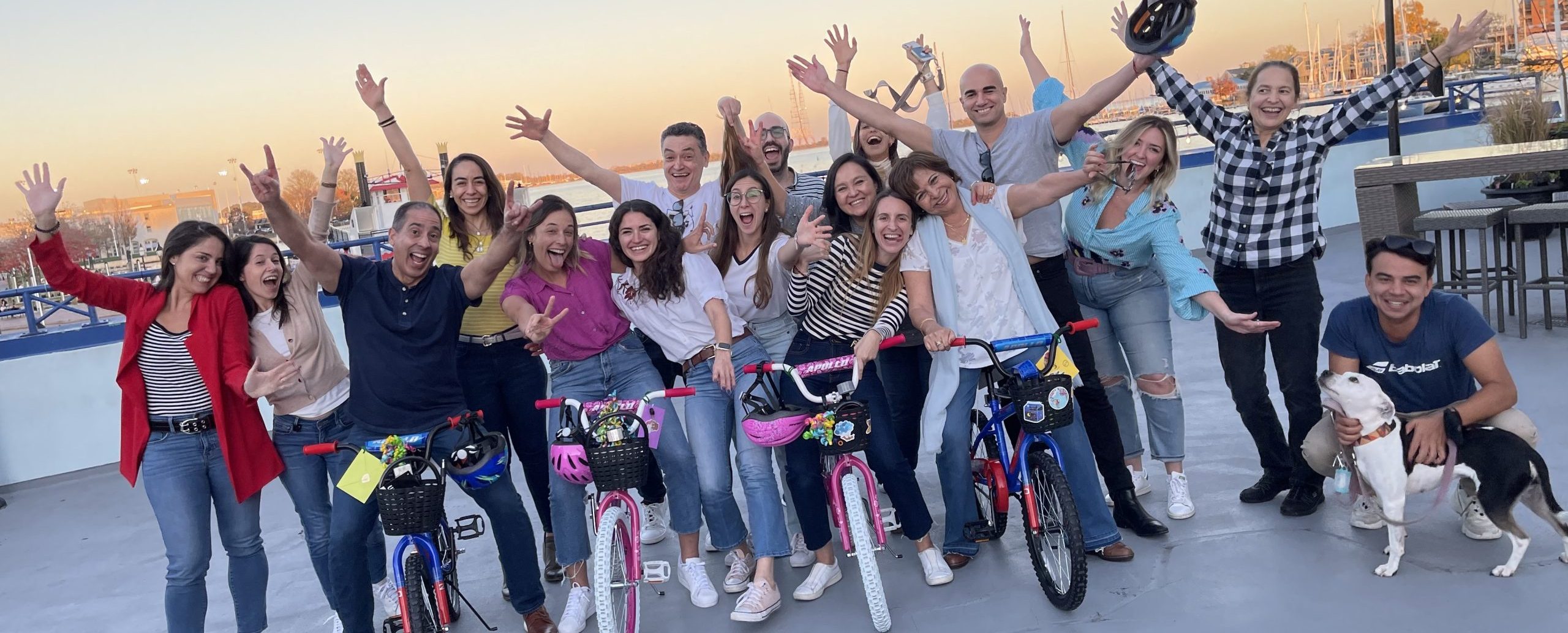Psychology of Teamwork eBook
What makes successful teamwork? This eBook explains the psychology of groups and shares the secrets of great teamwork. Discover the science behind group behavior to improve your team dynamics.
The Psychology of Teamwork eBook gives you the tools and knowledge to build a strong, cohesive team. You’ll learn the components of teamwork backed by scientific studies and get several starter games to start connecting with your coworkers.
What you get
- 4 crucial components of teamwork
- Team lifecycle stages
- Effective leadership styles
- 2 bonus teamwork icebreakers
We donate to a global cause every time this resource is downloaded. Help us change the world!
Complete the form to download

More great resources.














